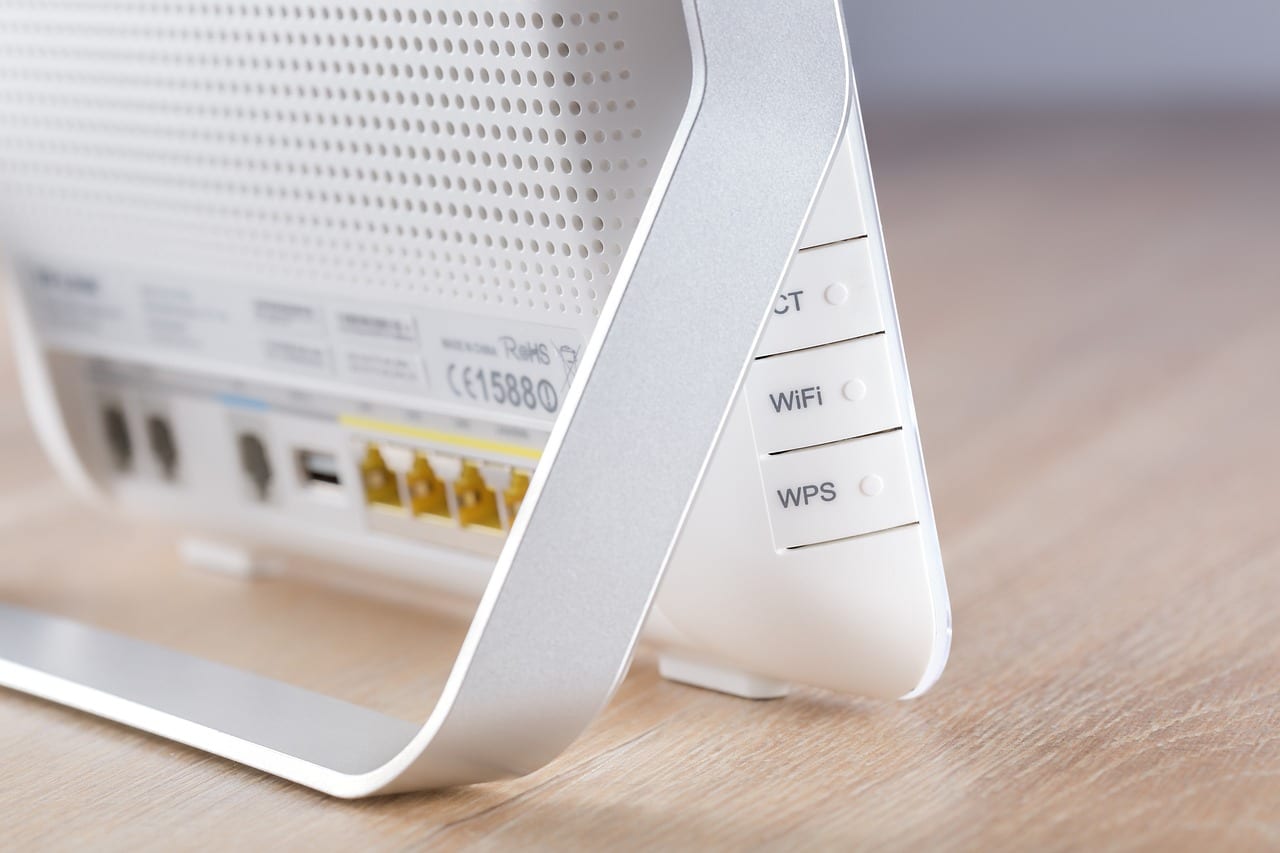How to Recognize Phishing Scams
Access to the Internet has never been more in demand. Almost everyone around you uses the Internet one way or another in their day-to-day life. Since the Internet is so widely available, cyber attackers have chosen phishing as their primary method of scamming. How often do you think this happens? Probably more than you would think. Approximately 3 out of 4 organizations globally have reported attacks.
Tips and Tricks
As the Internet continues to evolve, these kinds of attacks are more likely to occur more frequently. Have you ever been caught in the middle of a phishing scam? Here are a few tips we recommend to help protect yourself from these types of situations:
-
- Make sure that all of the computers you have within your organization have security software installed.
- Any and all devices within your business should be continuously monitored and updated on a regular basis
- By setting up a multi-factor identification, you are providing extra security to all your accounts. But what is multi-factor identification? In order to log into any of your accounts, you’ll have to provide two or more credentials.
- You will need to protect all of your data. Ensuring you have everything backed up will allow you and/or your organization to still have access to all files if you were to ever be affected by phishing attacks.
- Never trust any emails you receive about asking for sensitive information. Companies will never ask you to provide sensitive information via email!
- If you notice that there are many grammar errors in an email, it’s most likely a scam. Anything coming from a professional business will generally have people who take the time to read their message and send a professional email. Also be wary if the email looks like it’s been copy and pasted.
- Are there attachments on an email you’re receiving? If you have never received an email from a specific email address, and you notice there is an attachment, be very cautious. It’s best not to open any emails/attachments in this case.
- Does the email address show a shortened version? To check, hover over the email address. If it shows something different than who initially sent the email, it’s a scam.
- Make sure a website you’re visiting is secure – the URL should begin with “https.”
- Always keep your internet browser up-to-date.
- Use an anti-phishing toolbar/plug-in.
- If you are ever unsure if you should click on a link, don’t!!
- Make sure you report any phishing emails to IT. If the email comes from someone you know, ask them directly if they sent that email to you.
- If you receive an email from a company you recognize, but are not sure if it’s a scam, when in doubt, call the company. They will be able to confirm with you whether the email is from them or not.
- Always stay informed. Learn what kind of scams are currently happening so if you come across them, you know to avoid them!
Phishing attacks are happening more frequently around the world. We hope that these tips can help you in any phishing scenarios you may come across!

MORE POSTS
Business Spotlight Kemptville
BUSINESS SPOTLIGHT Kemptville LiveHosted annually at the scenic Kemptville Campus, the Kemptville...
Smart Farms, The Future of Agriculture
The Future of Agriculture How Smart Farms are Revolutionary the Industry Welcome to the...
Fixed Wireless Internet Access Webinar
Fixed Wireless Internet AccessClick on the link below to watch our fourth online webinar...
CONTACT US
Head Office
1760 Courtwood Crescent
Ottawa, ON K2C 2B5
TOLL-FREE: 1-866-257-8676
Rediscover Customer Service.
HOURS OF OPERATIONS
Support Hours:
Monday-Friday 8am-9pm
Saturday-Sunday 9am-5pm
Sales Hours:
Monday-Friday 8am-4pm
Billing Hours:
Monday-Friday 9am-5pm
BUSINESS SERVICES
RESIDENTIAL SERVICES
TERMS OF SERVICE | PRIVACY POLICY | CORPORATE RESPONSIBILITY POLICY | ACCESSIBILITY | VOIP 911 TERMS
© Copyright 1996-2022 Storm Internet Services | All Rights Reserved.



